Electric heaters are any electric-powered devices used to create heat. Electric heat generation takes place when electricity is converted into thermal energy. During this conversion, an electric charge is conveyed by electrons through a medium. Inside the medium, the electrons collide with atomic particles from an electric heating element, and vibrate. These vibrations manifest as heat. Read More…
Backer Hotwatt is a superior designer & manufacturer of electric heaters and related heater accessories for various OEM & industrial applications.

At Cartridge Heaters Maxiwatt, we specialize in producing high-quality heating elements designed to meet the diverse needs of our clients across various industries. Our advanced heating elements are engineered with precision and built to last, providing reliable and efficient performance in even the most demanding applications. Utilizing cutting-edge manufacturing techniques and the finest...

For more than 70 years, Ulanet™ has been engineering and manufacturing electric heaters, cartridge heaters, immersion heaters, tubular heaters, miniature strip heaters and bolt hole heaters, as well as industrial heaters and appliance thermostats.
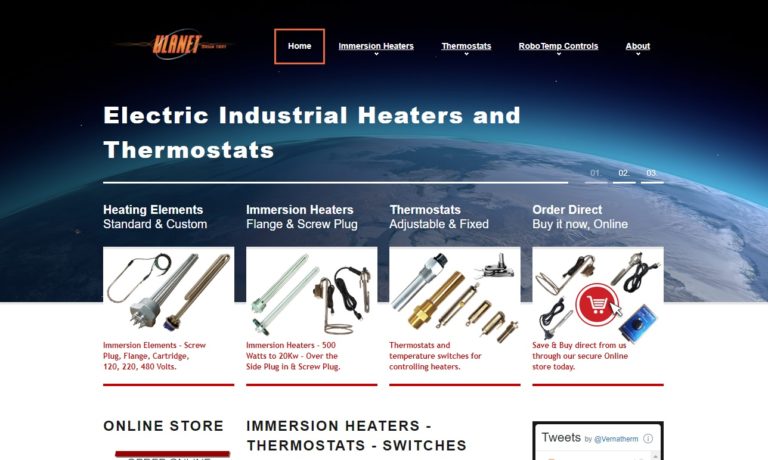
Backer Marathon is your premier manufacturer of electric heaters and a wide range of other heating components. Our inventory includes cartridge heaters, band heaters, coil heaters, and more. We have thousands of standard electric heater models, and our engineers are capable if designing a custom heater for more complex specifications. No matter what component you require, Backer Marathon is...
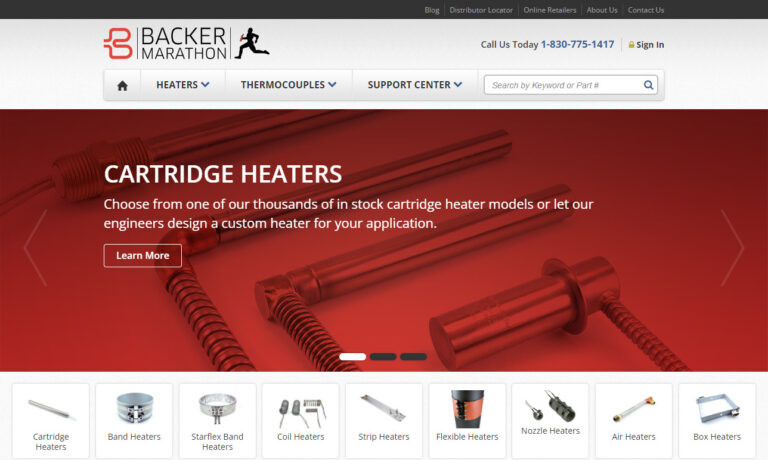
i-Heat designs and manufactures custom heating elements from a variety of materials. Our products include Silicone Rubber, Polyester Film, Kapton® Polyimide, High Temperature, Mica, Ceramic and Enclosures Heaters. We manufacture drop-in sub-assemblies with sensors, thermostats, fuses, cords and plugs.
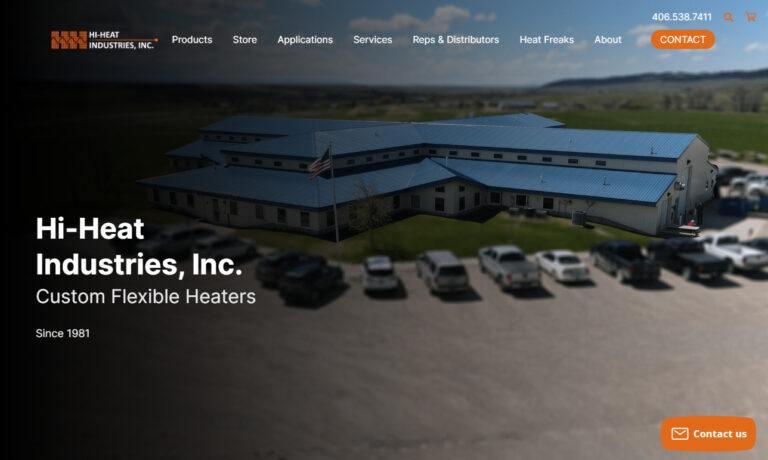
Dayco is a manufacturer of a variety of industrial heating and process equipment, including air electric heaters. Direct fired air heaters, indirect fired air heaters, make-up air heaters, recirculating air heaters, as well as custom heaters. Combustion systems and combustion parts and accessories are also available.
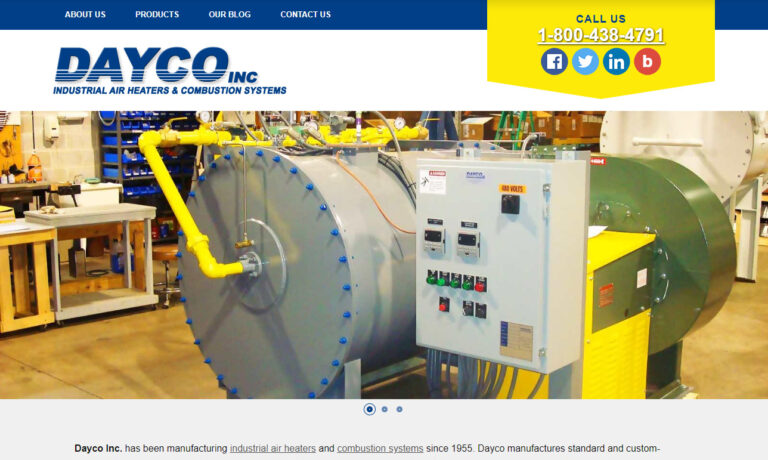
DBK designs, develops and manufactures quality standard and custom electric thermal solutions. In addition to a full line of electric heaters, we provide heating elements and heater systems as well as thermoelectric coolers and filtered fan systems. Our expertise gives us the ability to adapt our technologies to find your thermal control solution from immersion heaters to ceramic heaters and more.

More Electric Heater Manufacturers
Electric Heater Applications
Electric heaters find extensive use across various industries, serving diverse heating needs. In industrial and manufacturing settings, they heat liquid tanks, facilitate material shaping and melting, and maintain molten states. In extrusion, they aid plasticization alongside natural friction. Applications extend to packaging, foam and metal fabrication, food processing, water treatment, and providing comfort heating in residential and commercial buildings.
History of Electric Heaters
In the early 1890s, General Electric in America pioneered the production of the first electric heaters. These devices initially used elongated glass bulbs, a recent invention from the previous decade, as their heating element, resembling table lamps. Although they provided some warmth, these early heaters were fragile and limited in their functionality. To enhance their performance, Albert Leroy Marsh developed chromel, the first heating alloy, also known as nichrome. This innovative material, significantly stronger than previous alloys, could heat up to 2552°F and resisted corrosion, revolutionizing heater efficiency.
Across the Atlantic, in the UK, Hebert John Dowsing adapted bulb heater technology to create an all-electric cooking system around 1891. Featuring a copper backing that gradually radiated heat into rooms, Dowsing’s invention marked a significant advancement in domestic heating, establishing him as a pioneer in the field in the UK.
The electric water heater traces its roots to the inventive efforts of Edwin Ruud, a Norwegian mechanical engineer, in the waning years of the 19th century. Ruud engineered a groundbreaking model that automatically heated water stored within its confines. Initially part of the Fuel and Gas Manufacturing Company in Pittsburgh, Ruud ventured out on his own in 1897, founding the Ruud Manufacturing Company, which thrives to this day.
By 1912, the scene shifted to embrace portable heaters, spearheaded by pioneers like Charles Reginald Belling. In 1919, Alice Parker broke new ground by securing the first patent for central heating, based on a gas-powered system. The evolution continued in 1935 when another innovative mind introduced an electric fan and ductwork to Parker’s design, giving birth to the first forced wall convection heater.
After World War II, new forms of warmth emerged with the invention of radiant heating and the bar heater, often referred to as electric fire. These radiant heaters operated using bars filled with coiled water that would emit an orange glow when electrified. Modern iterations of these radiant bar heaters still retain the core concept but have evolved significantly, especially in terms of safety. The early versions, often portable, posed a risk of being easily tipped over, frequently leading to fires or injuries. Today’s models adhere to stricter safety standards, mitigating such risks.
In the 1960s, the storage heater emerged, revolutionizing both home and industrial warmth by delivering consistent heat with reduced energy use. As the decades rolled into the 70s and 80s, electric heating gained momentum, adapting to handle higher capacities through redesigned systems. Today, modern electric heating marries efficiency with smart technology, incorporating digital programming and remote control functionalities. Not only have these advancements streamlined heating, but they have also curbed pollution by lessening our reliance on wood and fossil fuels.
Electric Heater Design
Production Process
Creating electric heaters involves several key steps for manufacturers, including designing and assembling heating elements, protective enclosures, and insulation materials. The heating elements, which can be basic coils or complex, elaborately shaped designs with advanced ceramic insulators, are crucial for generating and regulating heat. Manufacturers decide on the specific design of these elements based on the heater’s intended use. Protective shielding, or sheaths, enhance the heater’s performance and longevity. Additionally, insulation is crucial for capturing and retaining electrical energy, which is then converted into supplemental heat.
Materials
Nearly every electric heater incorporates a casing crafted from metallic elements—whether ferrous or non-ferrous—including options like nickel, stainless steel, aluminum, or other conductive materials. These materials are chosen by manufacturers for their ability to enhance performance and prolong the heater’s lifespan. Among various insulation options like mineral, mica, or fiberglass, ceramics stand out as the most frequently used material for insulation.
Design Considerations and Customization
When selecting or tailoring an electric heating system for you, suppliers of electric heaters weigh several considerations. Initially, they pinpoint precisely what needs heating—whether it’s a building, a single room, or water. From there, they draft a preliminary layout. The process then delves into finer details such as the desired operating temperature, efficiency, lifespan of the heater, and allowable watt densities. They also use your application specifications to compute necessities like the initial power requirement for system startup, ongoing maintenance power needs, and operational heat losses. The environmental conditions surrounding the heater’s operation are also taken into account. All these insights guide their final decision on the most suitable heating element material, type of electric heater, size, quantity, and control system to meet your needs effectively.
Types of Electric Heaters
The market teems with a dazzling array of heaters, expanding daily with innovative crossover styles. Among the diverse types are band heaters, strip heaters, process heaters, and cartridge heaters. Additionally, you’ll find radiating heaters, immersion heaters, circulation heaters, tubular heaters, air heaters, drum heaters, and water heaters, each designed to meet specific heating needs.
Band Heater
A band heater is a compact electric device designed to wrap around nozzles, pipes, and tubes to deliver targeted warmth. Primarily offering conductive heat, it can also generate convection air heating. These heaters are capable of reaching temperatures ranging from about 300℉ to a scorching 1400℉. Often referred to as barrel heaters or knuckle heaters, they are ideally suited for tasks in plastic and metal forming, such as extrusion. Additionally, band heaters prove useful in melting away ice accumulations in troughs and gutters.
Strip Heater
Strip heaters are compact, durable, and economical heating devices. They are typically mounted directly onto equipment by clamping or bolting, allowing them to deliver heat precisely where needed. These heaters can efficiently warm small interior spaces within enclosures and are generally straight and flat, resembling a ruler. Many are equipped with fins to enhance heat radiation into the surrounding air. For specialized applications, manufacturers also produce circular versions that wrap around cylindrical items like tubes. Common uses for strip heaters include thawing, baking, drying, moisture protection, and air heating. They closely resemble band heaters, although band heaters tend to be somewhat smaller and more flexible.
Process Heater
Process heaters are electric devices designed to heat, treat surfaces, mold, and refine raw materials.
Cartridge Heater
Cartridge heaters are compact, cylindrical devices crafted to slide into tiny, precisely drilled holes in metal parts and materials, delivering heat from within. These heaters can either target a specific area or disperse warmth throughout the entirety of their host. Commonly found in the manufacturing sector, they are integral to a variety of processes including extrusion, thermoforming, mold and plastic forming, rubber shaping, labeling, die cutting, sealing, hot stamping, fluid heating, and printing. You’ll often spot them embedded in the inner workings of machines like semiconductors, platens, hot plates, and shrink wrap machines.
Radiating Heater
Radiant heaters operate on the principles of radiant heat, emitting thermal energy that warms any object within their proximity.
Oil-filled radiant heaters blend radiant heating with thermal convection to elevate room temperatures effectively. When electricity flows through these heaters, it warms the oil contained within the fins. This warm oil then transfers its heat to the surrounding air. Known for its high heat retention capacity, the oil maintains warmth long after the heater is turned off, ensuring the fins remain warm and continue to heat the room efficiently.
Immersion Heater
Immersion heaters function as radiant heating devices, designed to warm liquids and certain solids by direct immersion. Similar to cartridge heaters, they effectively raise the temperature of their surrounding environment. Known for their safety and efficiency, immersion heaters excel at heating substantial quantities of liquids.
Circulation Heater
Circulation heaters, aptly named for their function, are electric devices designed to warm the liquids or gasses that flow through a confined area.
Tubular Heater
Tubular heaters, characterized by their cylindrical form, are composed of a coiled heating element encased in a binder, surrounded by magnesium oxide powder for efficient heat distribution. These versatile units can be attached to an array of items and systems, transmitting warmth through radiation, convection, or conduction.
Air Heater
Air heaters warm the air across various environments, from cozy homes to bustling industrial sites. They operate either within confined areas, similar to how space heaters function, or can elevate temperatures in expansive areas as part of a comprehensive fan system. Beyond comfort, these heaters also play a crucial role in manufacturing and packaging, aiding processes such as shrink wrapping. Known as duct heaters when integrated into ventilation systems, they distribute warmth either through natural air flow or by forced air techniques.
Drum Heater
Drum heaters are specialized industrial heaters designed to warm up drums, which commonly contain water, chemicals, or food products. These heaters ensure that the contents of the drums remain at a consistent temperature while being stored or transported.
Water Heater
Water heaters, true to their name, are designed to warm up water. The methods for heating water vary widely, encompassing options like storage tanks, tankless systems, solar-powered units, geothermal methods, gravity-fed systems, point-of-use devices, and centralized heating solutions.
Ceramic Heaters
A ceramic heater typically warms the air through convective heat transfer. It consists of a ceramic heating element, aluminum fins, and a fan that work together to heat the environment quickly and efficiently. As electricity warms the aluminum fins, they pass heat to the ceramic element. Simultaneously, cool air is pulled over the ceramic and other metal components. A fan then propels this warmed air into the room, swiftly heating the space. Thanks to the high thermal conductivity of the ceramic element, heat is rapidly dispersed, allowing its temperature to increase swiftly.
Electric Heater Advantages
Among the many advantages of electric heaters are: versatility, environmental friendliness, energy efficiency and safety and reliability.
Versatility
Electric heaters excel in versatility. They adapt seamlessly to various settings, whether it’s a single small task or numerous large-scale projects. Their coils can be customized in shape and size to fit specific needs, and they capably heat a variety of substances, from water and oil to air.
Environmental Friendliness
Electric heaters stand out as a greener choice compared to traditional heating methods like petroleum, natural gas, coal, or wood. These conventional methods release a cocktail of pollutants, including CO2 emissions, smog, and various harmful gasses. In contrast, electric heaters emit none of these pollutants, offering a breath of fresh air for you, your colleagues, family, and friends, and contributing to a cleaner planet. That’s a cause worth supporting!
Energy Efficiency
They excel not just in promoting better health and cleaner air, but they also surpass traditional heaters in energy efficiency. Every ounce of electricity they consume is transformed into warmth, unlike fuel-based heaters that lose energy via exhaust. This superior energy efficiency benefits the environment and also translates into considerable savings on energy and operational costs for you.
Safety and Reliability
Electric heaters, which do not burn fuel, are considerably safer than their predecessors. They eliminate the dangers associated with explosions, fires, and monoxide poisoning, and are also free from risks of fuel leaks. Additionally, their lack of moving parts increases reliability and reduces the chance of breakdowns, making them more durable. On average, electric heaters have a lifespan of at least 15 years.
Electric Heater Accessories
Possible accessories for your electric heater include: a thermostat, a thermocouple, gaskets, seals, baffles and remote temperature controls. We discuss these accessories in greater detail below.
Thermostats
Thermostats serve as the crucial navigators for electric heaters, guiding them to the exact temperature desired. By sensing the surrounding air temperature, thermostats direct the heater to cycle on or off, maintaining a steady, comfortable climate while avoiding excess heat. Programmable thermostats add a layer of sophistication, enabling the setting of temperature timetables that enhance both energy efficiency and comfort throughout the day.
Thermocouples
Thermocouples serve as vital guardians within gas-powered heaters, and their role can extend to electric heaters as an extra safeguard. These devices are attuned to the presence of a pilot flame, cutting off the gas supply if the flame extinguishes. When integrated into electric heaters, thermocouples enhance safety by monitoring for any operational glitches or power interruptions, ensuring the heater deactivates automatically to avoid any risks.
Gaskets and seals
Gaskets and seals serve as crucial components in electric heaters, crafting impermeable bonds between various parts to lock in air and enhance heating effectiveness. These components are vital in heaters that use convection or forced-air mechanisms to spread warmth. By securing and channeling hot air efficiently, gaskets and seals boost the heater’s efficacy and reduce thermal leakage.
Baffles
Baffles serve as clever guides within electric heaters, often accompanying radiant elements or heat exchange systems. They steer and spread the warmth more evenly throughout the device. Positioned thoughtfully, these baffles elevate the heater’s performance by channeling more heat precisely where it’s needed. This not only enhances the heater’s efficiency but also sharpens its ability to deliver focused, effective warmth.
Temperature Controls
Temperature controls, including thermostats, knobs, and switches, empower users to tailor the heat output of electric heaters to their preferences. These devices not only offer the flexibility to set the desired warmth but are also crucial in environments like greenhouses or industrial areas where specific temperatures are essential. They enhance user convenience and energy efficiency by allowing precise adjustments for optimal comfort.
Accessories such as thermostats, thermocouples, gaskets, seals, and baffles play pivotal roles in the operation of electric heaters. They boost the heater’s performance, enable exact temperature management, improve heat distribution, and bolster safety measures. Using these components, users can fine-tune their heating systems for better functionality and efficiency.
Electric Heater Installation
Installing electric heating is straightforward. It only needs a connection to the electrical circuit, allowing for quick installation. Whether used as stand-alone units or integrated into a system, adding heaters is both simple and cost-effective, making it easy to expand as budget allows.
Proper Care of Electric Heaters
Cleaning and Maintenance
The primary danger to an electric heater is contamination, closely followed by frequent temperature changes. To ensure your heater remains in good condition, regularly inspect it to ensure it is free from contaminants and maintain a log of temperature cycles to avoid overuse. Additionally, minimize excessive movement.
Optimizing Performance
To ensure your heater performs at its best, choose the ideal sheath material, maximum sheath temperature, and watt density for your specific needs. Compatibility is crucial.
Electric Heater Standards
The type of heater you plan to purchase will determine which federal, international, and industry standards it must meet. For instance, residential water heaters in the USA need to comply with the Department of Energy’s efficiency standards, which vary by heater capacity. Additionally, these heaters must follow EPA emissions regulations, with possible variations in standards by state. You may also need to consider other certification codes from organizations like ANSI, the NFPA, and the combined ANSI/NFPA (National Electric Code, ANSI/NFPA 70). For more detailed information, consult your local government or industry experts.
Things to Consider Regarding Electric Heaters
A sufficiently warm space creates a comfortable and pleasant work environment, especially during freezing weather. In places like Canada, where temperatures can plummet below freezing for extended periods, several layers of building insulation are essential to retain the heat generated by central heating systems. However, insulation alone often isn’t enough. Adding electric heaters in specific rooms can enhance comfort without significantly increasing utility bills. Modern electric heaters are lightweight, portable, and suitable for any location. They contain heating elements that efficiently warm confined spaces. The materials, sizes, shapes, and configurations of these elements vary, significantly affecting their heat transfer efficiency.
Due to their flexibility and design for use in small spaces, electric heaters are energy-efficient and cost-effective. However, choosing the right electric heater isn’t straightforward. Several factors need to be considered to find the one that best suits your needs.
Determine the Heat Requirement
Before purchasing an electric heater, it’s essential to evaluate your heating needs. The amount of heat required depends on the size of the room where the heater will be used. Generally, you need about 10 watts of heating power for every square foot of floor space. If you use a heater with a power rating higher than necessary for your space, your utility bills will rise. An oversized heater will consume more energy than one that’s correctly sized for the area. Conversely, using a small heater for a large room will also lead to higher energy consumption due to prolonged operation.
Look for Features of an Energy-Efficient Electric Heater
Here are the criteria you should keep in mind when buying an electric heater for space heating to maximize utility cost savings:
High Heat Transfer Rate and High Heat Capacity
Electric heaters are categorized according to the type of heating element they use. The most energy-efficient varieties include ceramic heaters, infrared heaters, and oil-filled radiant heaters.
Programmable Thermostat and Timer
A programmable thermostat offers precise temperature control in a room. It allows you to adjust the temperature at any time of day, and once the desired setting is reached, the unit automatically cycles on and off to maintain a comfortable climate. Conversely, a programmable timer automates the heater based on a set schedule, turning it off once the specified time has elapsed. Both programmable thermostats and timers enhance energy efficiency and add an extra layer of safety.
Multiple Heat Settings
Some electric heaters come with various heat settings instead of a programmable thermostat. These adjustable heat settings let the heater operate at a lower level once the room is adequately warmed, helping to conserve energy and avoid sudden increases in utility bills.
Calculate Energy Costs
To evaluate the cost-effectiveness of the electric heater you’re considering, start by calculating the total energy expenses. Begin by finding the electricity cost, typically listed as a price per kilowatt-hour on your electricity bill. Next, estimate the number of hours the heater will be in use. Using this information, along with the heater’s power rating, you can compute the overall energy costs for operating the electric heater.
The efficiency of an electric heater is largely influenced by its design, construction, and how it complements other heating systems. Electric heaters are most effective when used to heat a specific area, serving as a supplementary source of warmth alongside a central heating system.
Choosing the Proper Electric Heater Provider
To maximize the efficiency of an electric heater, consider your specific application needs, including the desired material composition, power output, and temperature capacity. The performance of different heaters varies based on their environment and the tasks they are assigned. For both safety and effectiveness, clearly communicate your requirements to your service provider. It’s equally important to choose a reputable service provider to ensure your efforts are fruitful. To find the right provider, explore the list of electric heater manufacturers and suppliers at the top of this page. These recommended providers are experienced and reliable. Select a few, perhaps three or four, that interest you most, and contact them with your questions and specifications. Evaluate not only the information they provide but also the tone of your interactions. Choose a manufacturer that not only meets your expectations but is also committed to ensuring your satisfaction. Once you’ve identified the right company, dive into your project with confidence.
Check out our Electric Transformers website
Check out our Power Cords website

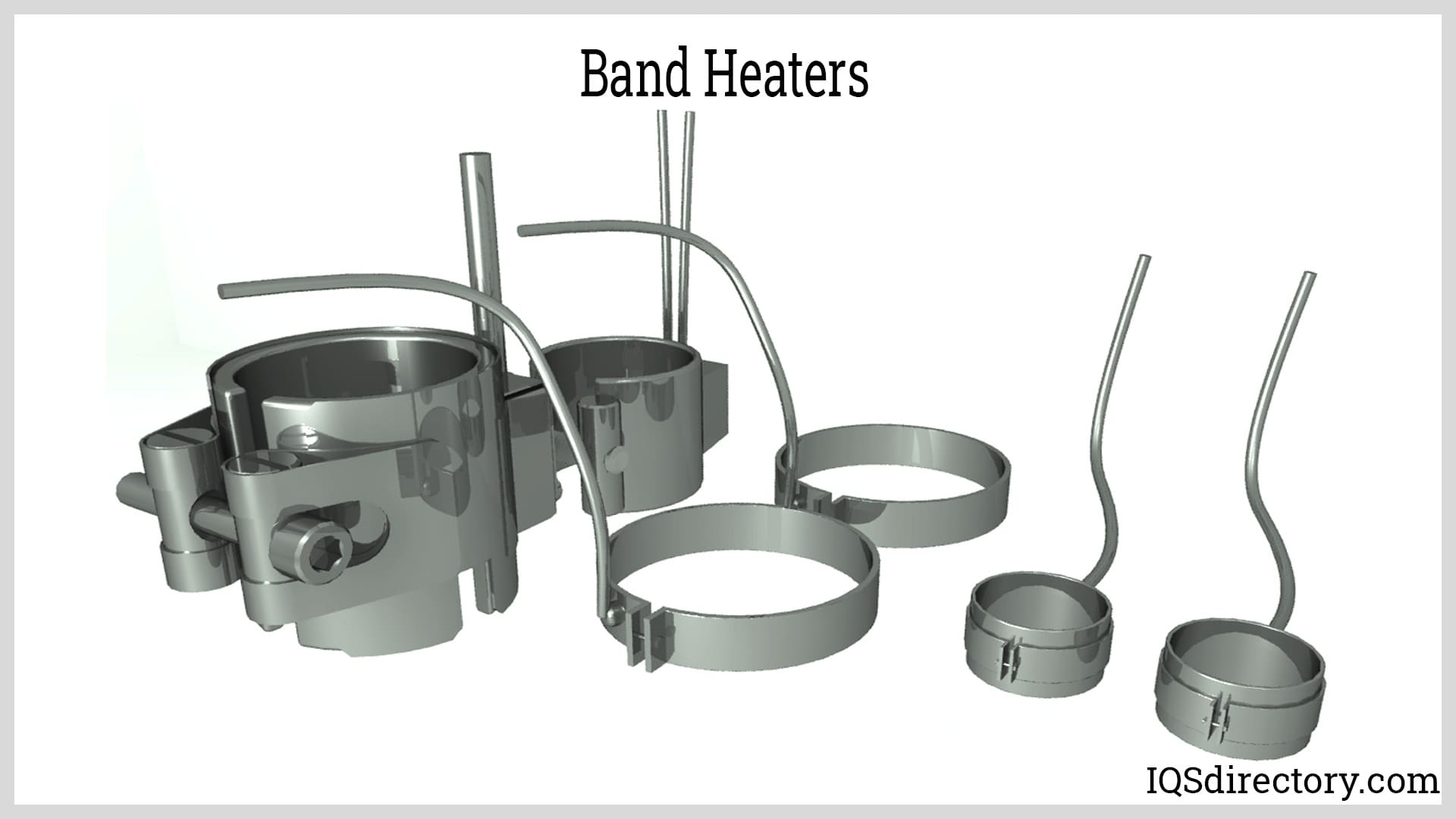
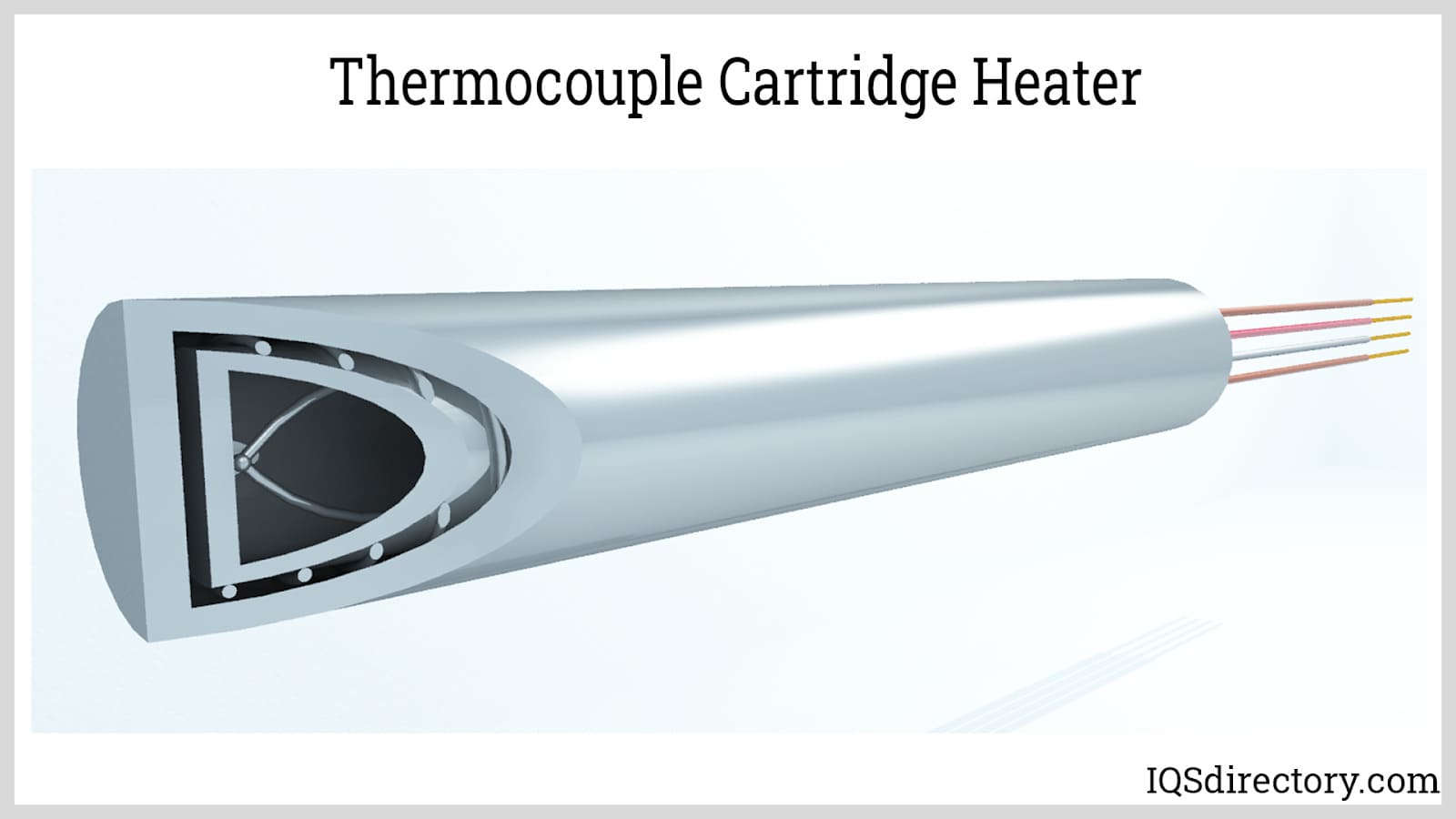
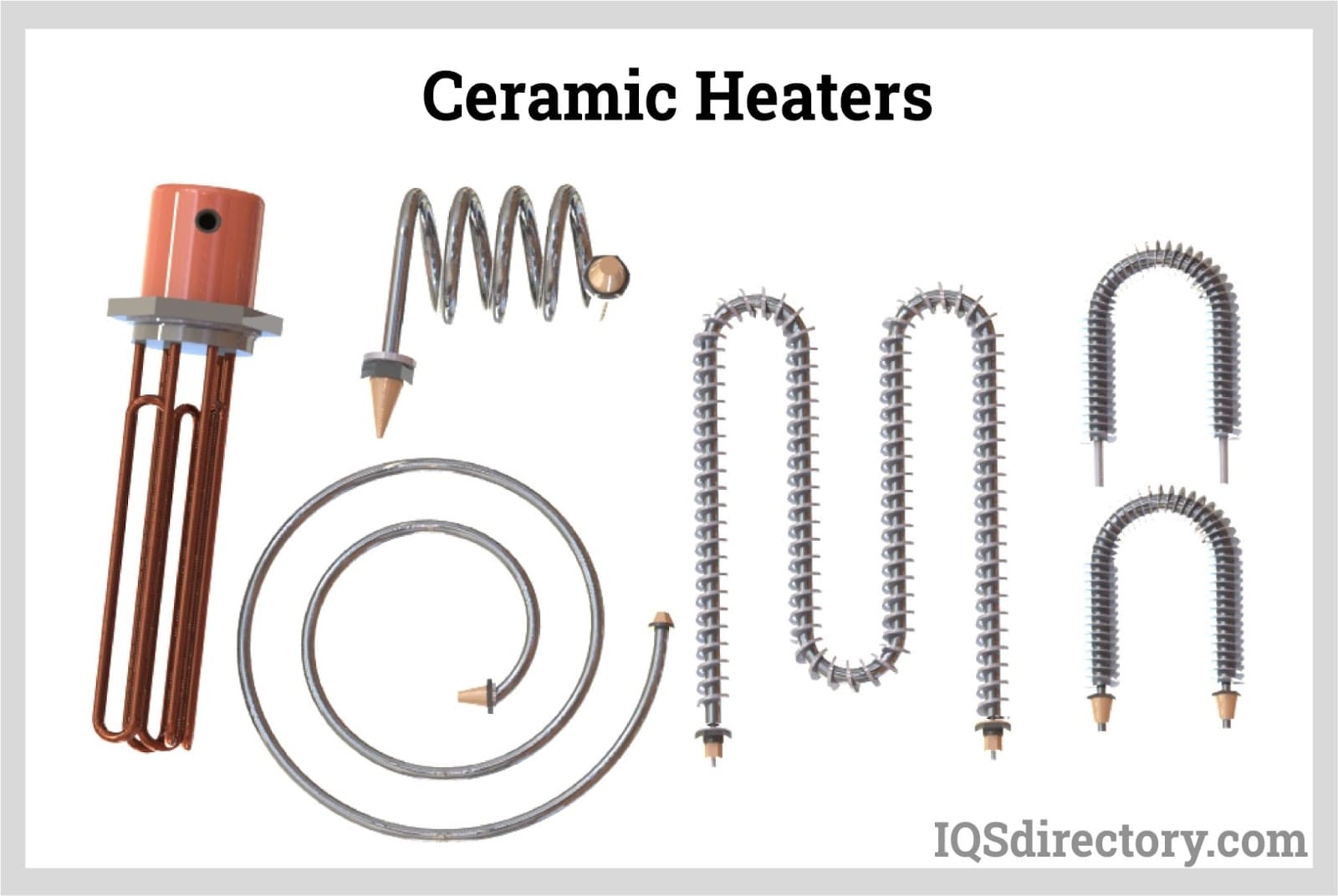
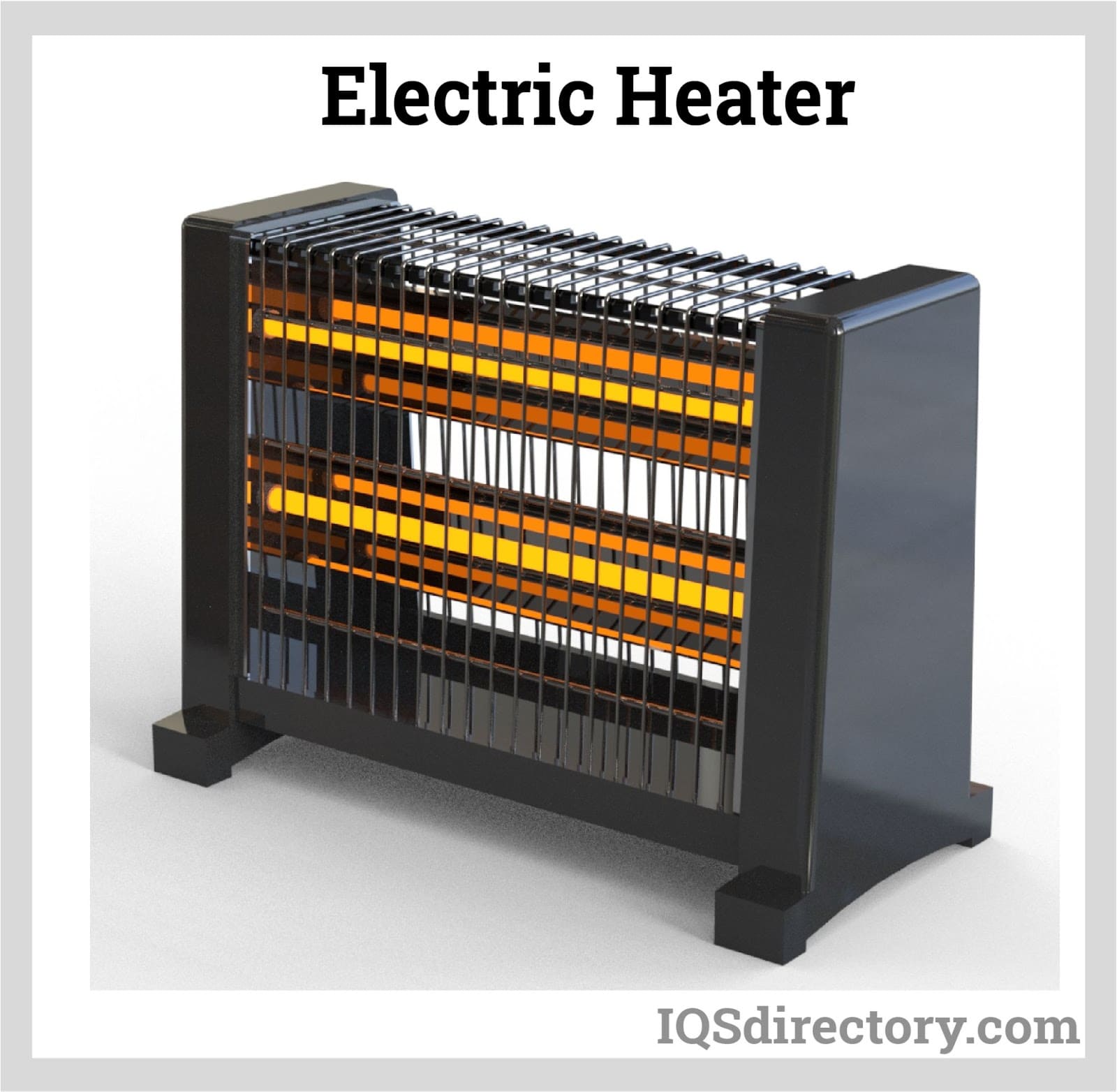
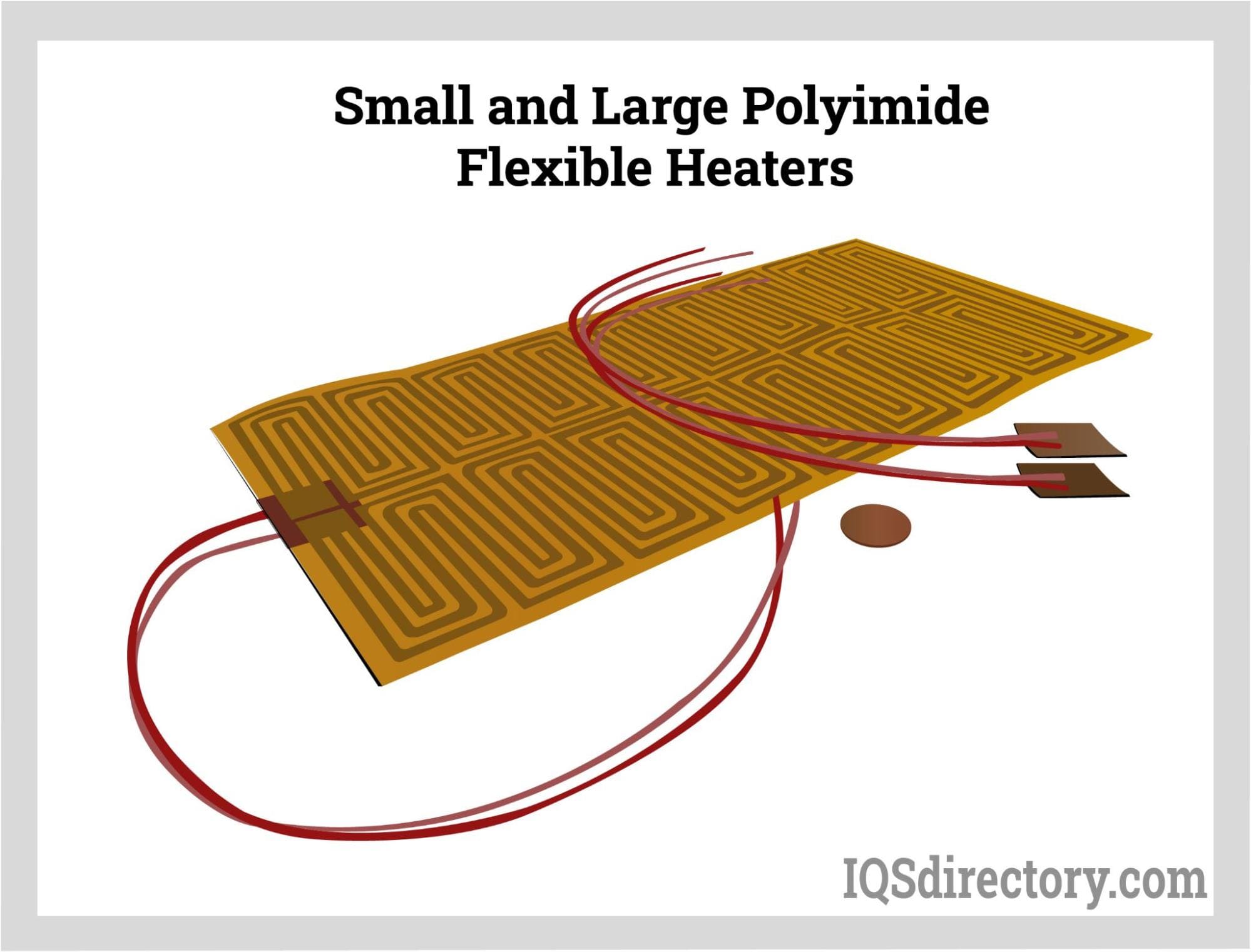
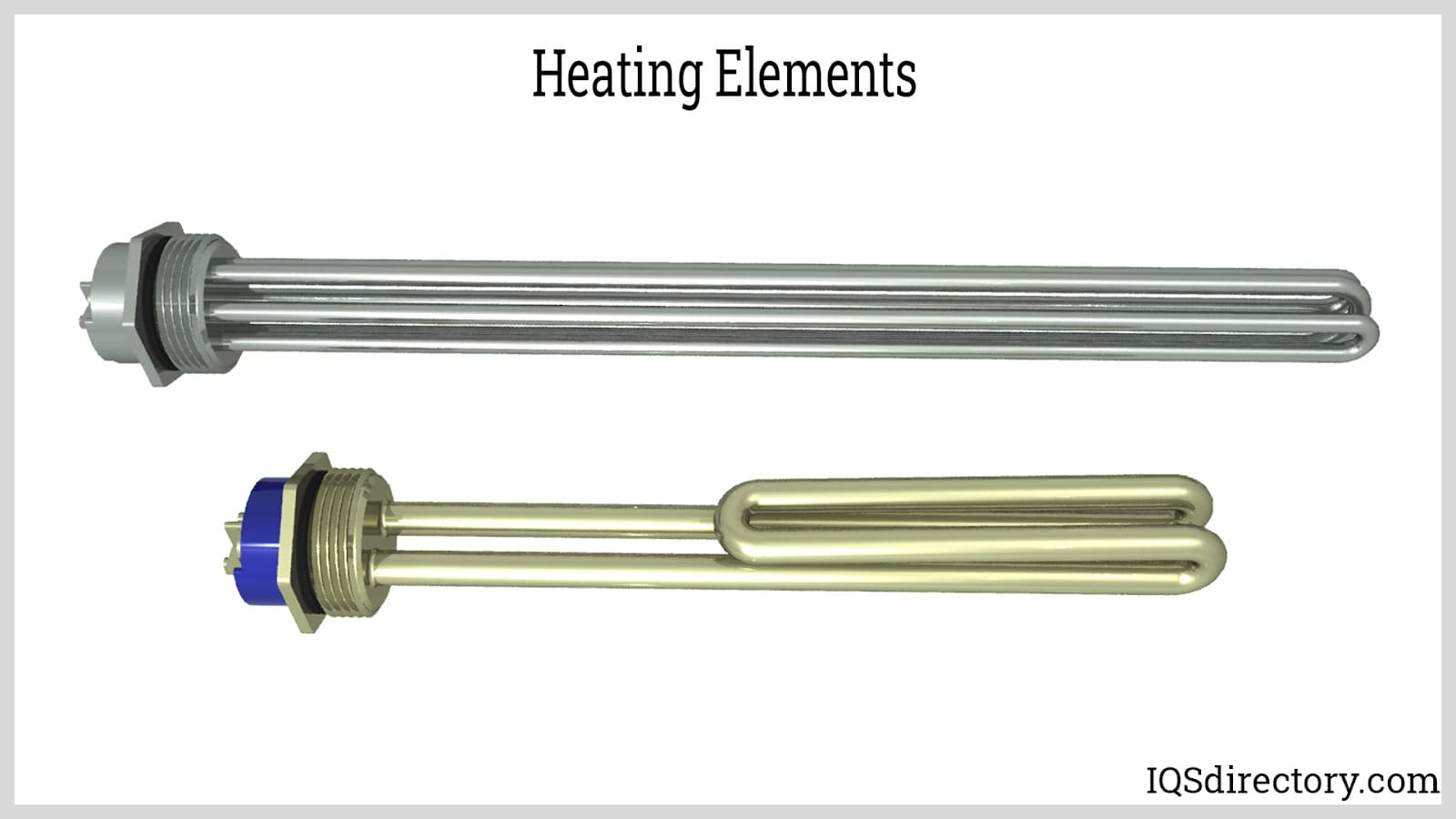
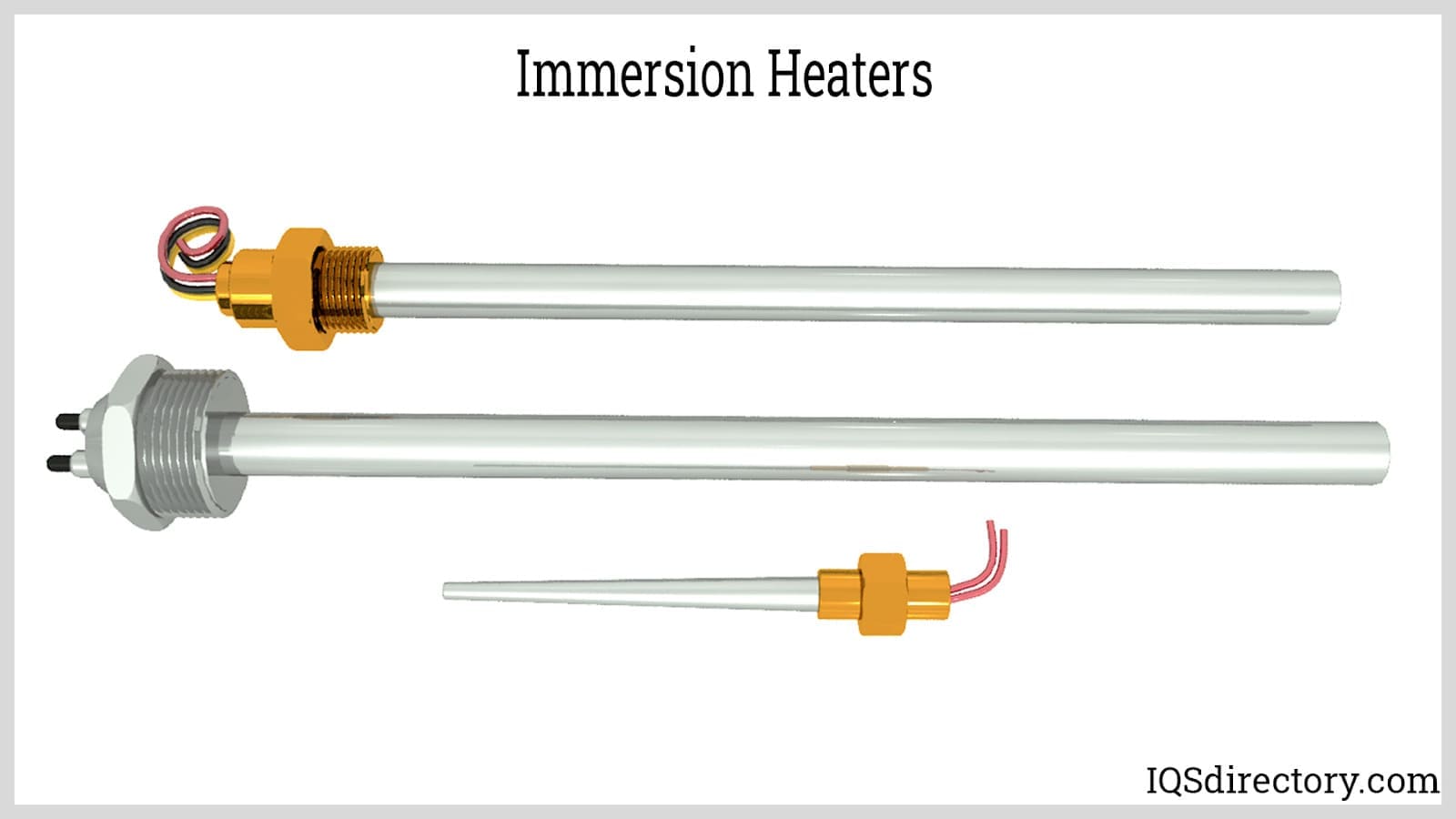
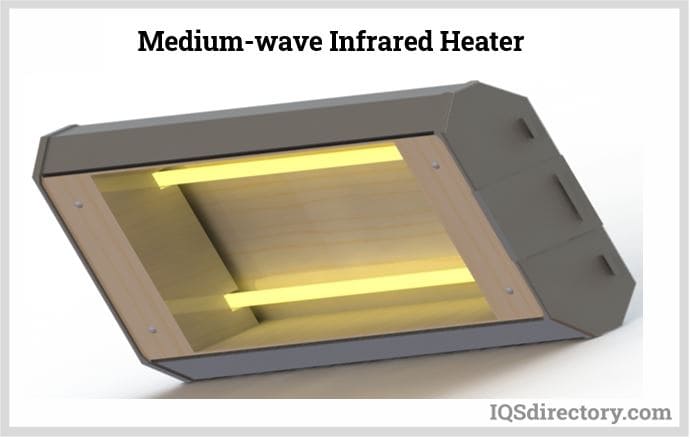
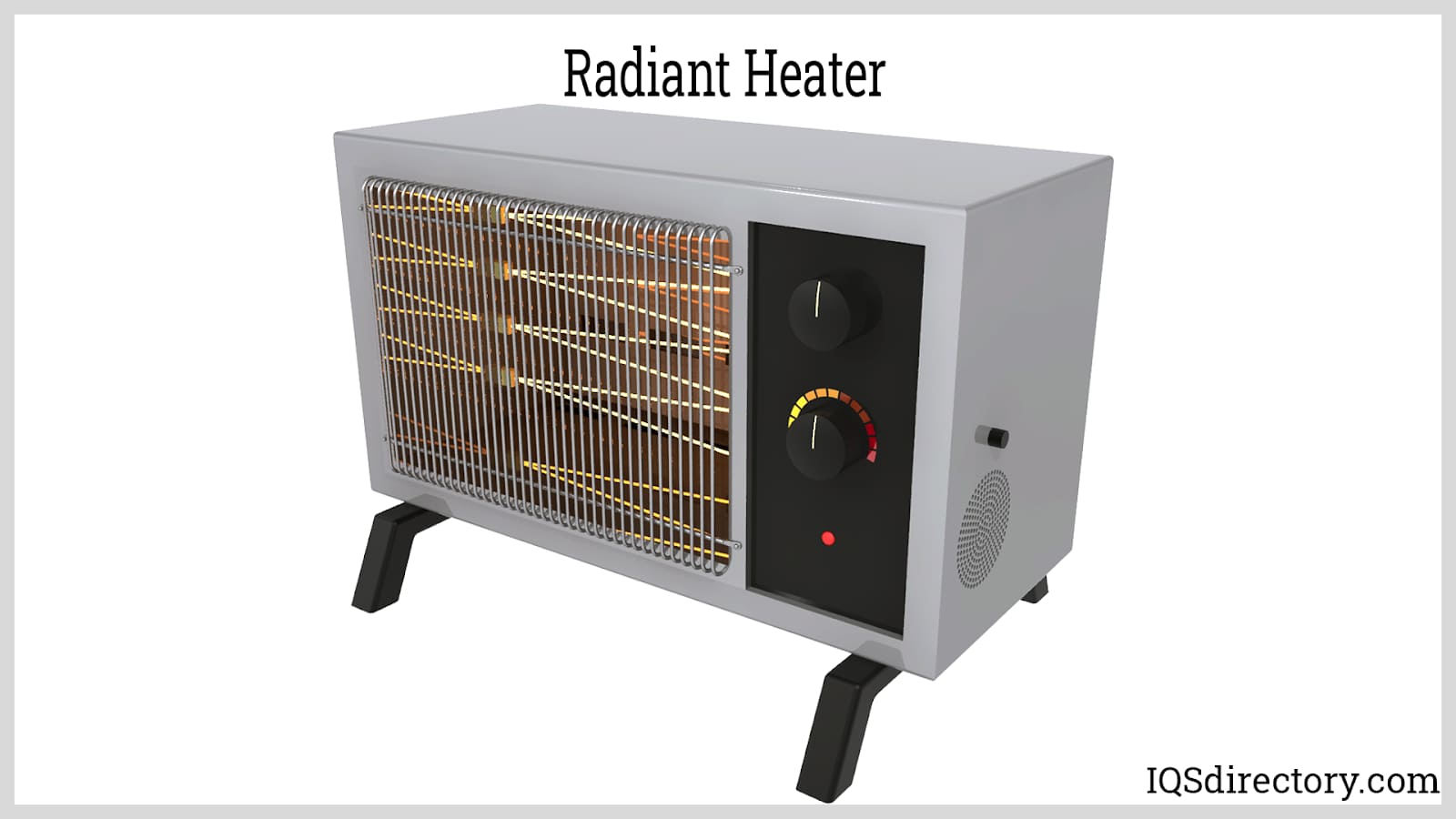
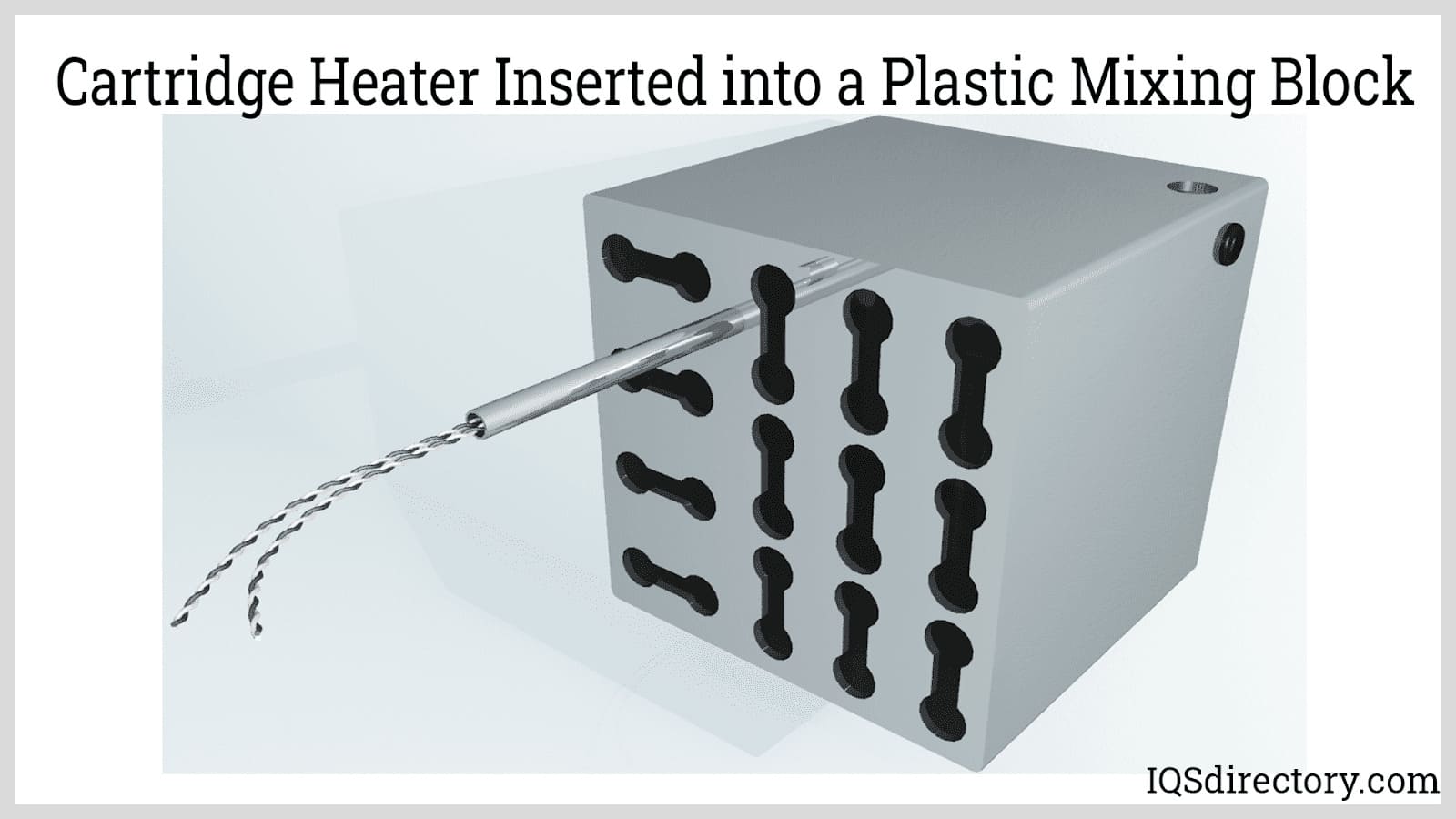
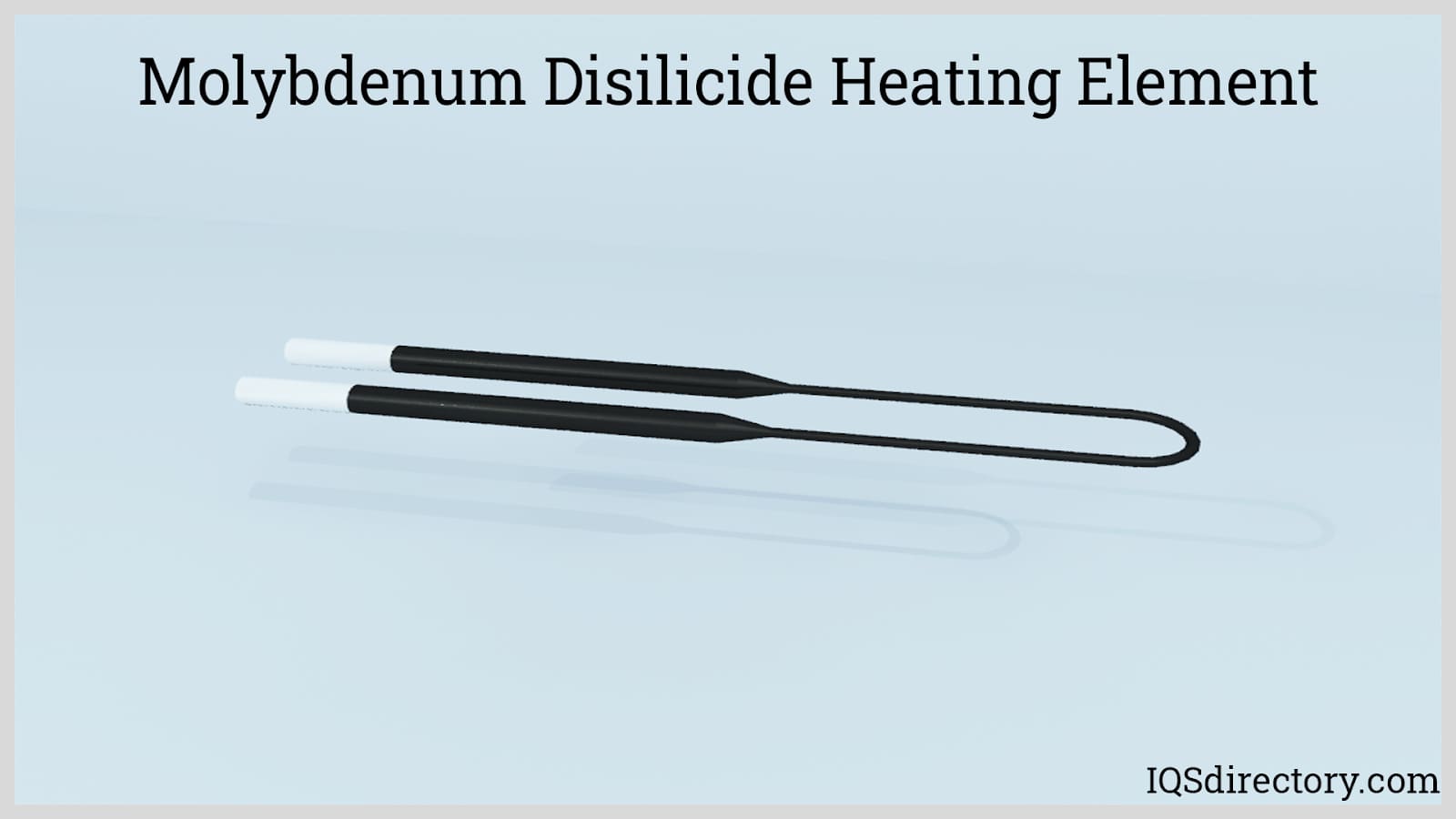
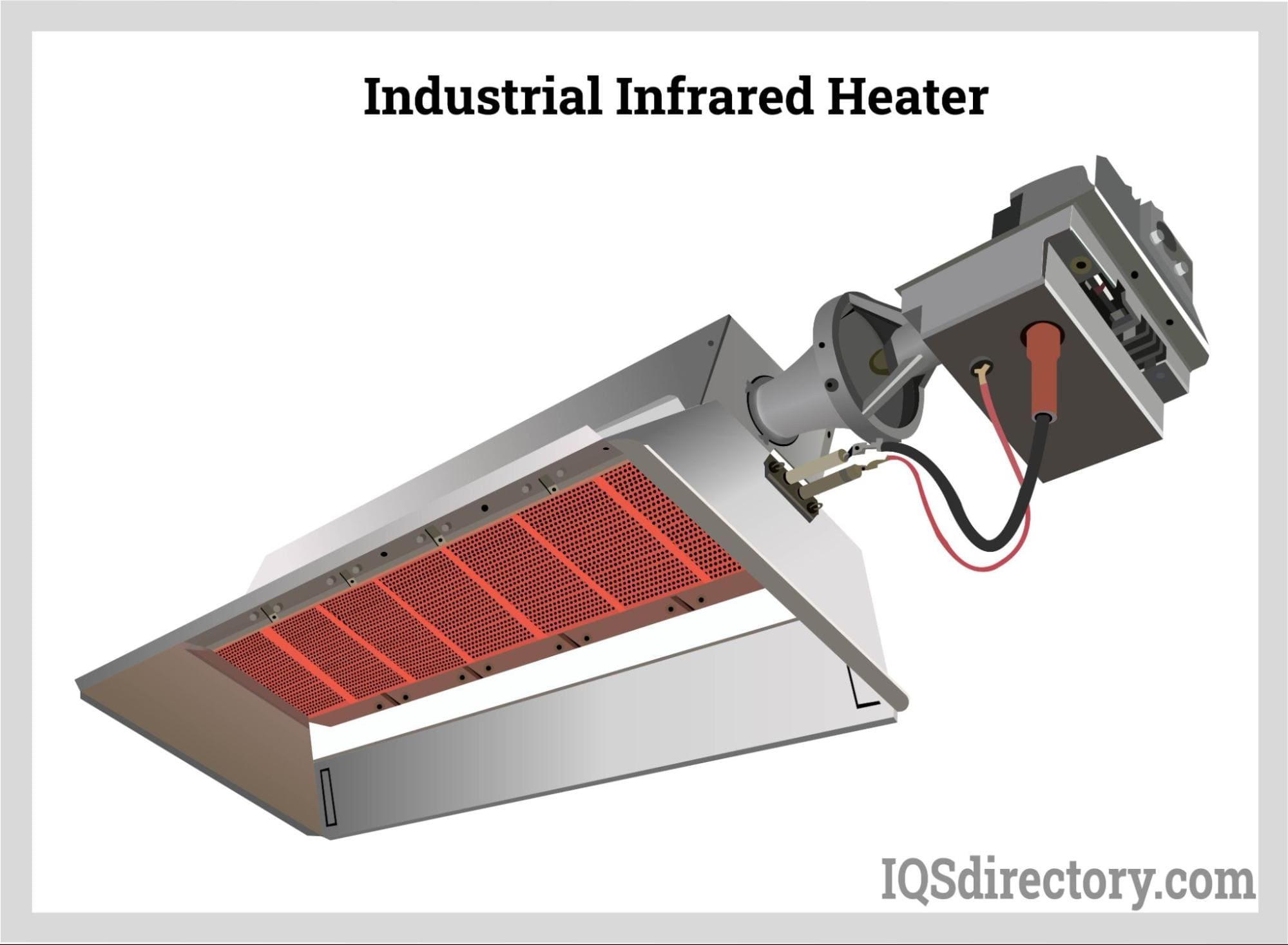
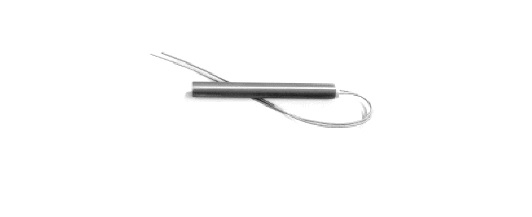 Cartridge Heaters
Cartridge Heaters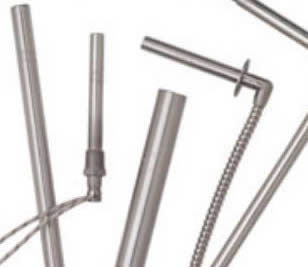 Electric Heaters
Electric Heaters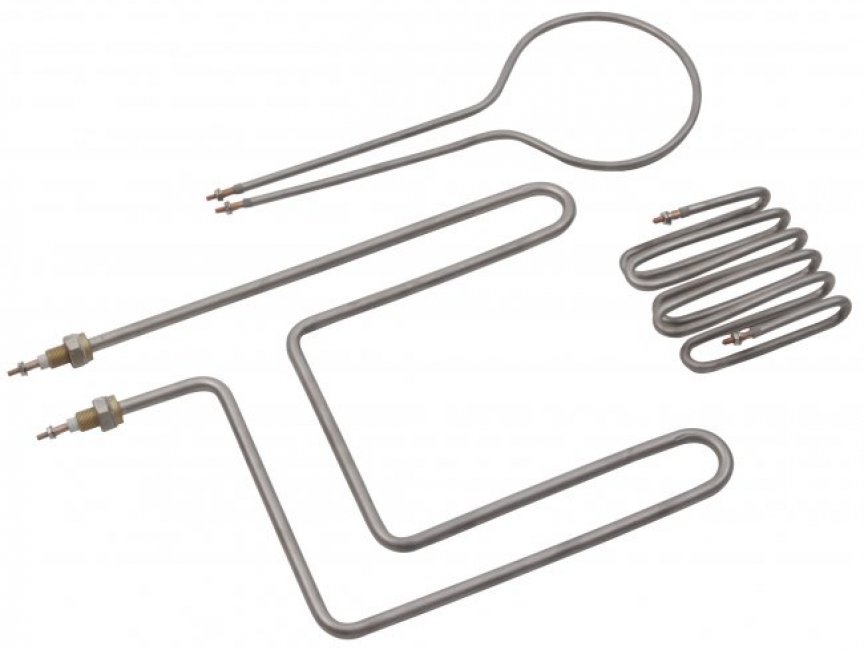 Heating Elements
Heating Elements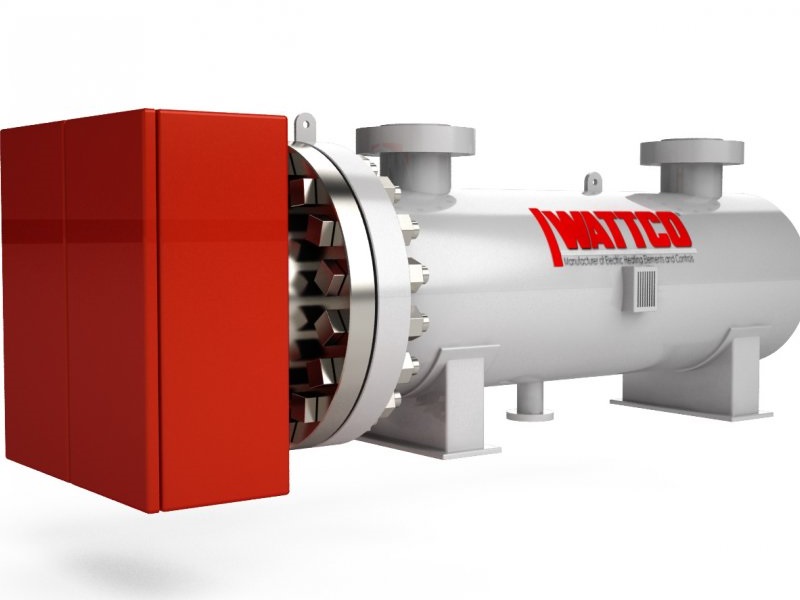 Immersion Heaters
Immersion Heaters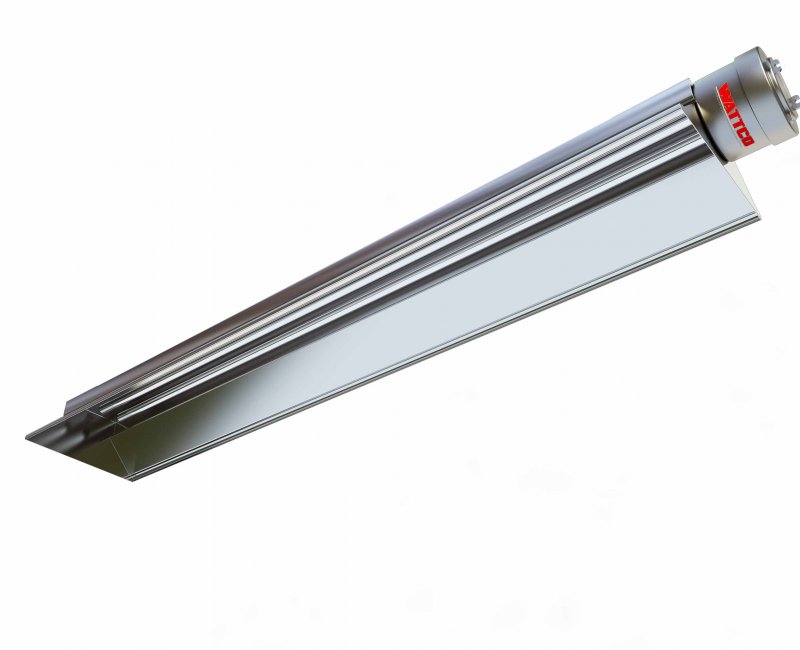 Infrared Heaters
Infrared Heaters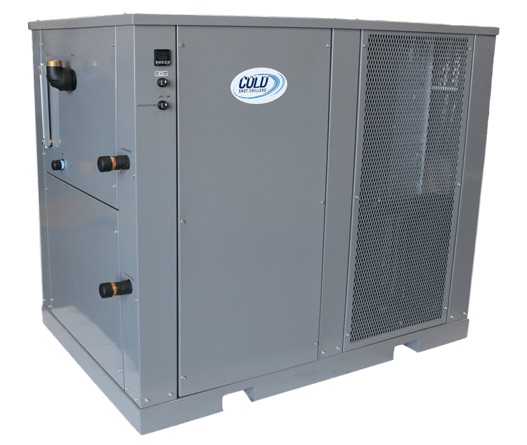 Air Conditioners
Air Conditioners Castings & Forgings
Castings & Forgings Bulk Material Handling
Bulk Material Handling Electrical & Electronic Components
Electrical & Electronic Components Flow Instrumentation
Flow Instrumentation Hardware
Hardware Material Handling Equipment
Material Handling Equipment Metal Cutting Services
Metal Cutting Services Metal Forming Services
Metal Forming Services Metal Suppliers
Metal Suppliers Motion Control Products
Motion Control Products Plant & Facility Equipment
Plant & Facility Equipment Plant & Facility Supplies
Plant & Facility Supplies Plastic Molding Processes
Plastic Molding Processes Pumps & Valves
Pumps & Valves Recycling Equipment
Recycling Equipment Rubber Products & Services
Rubber Products & Services